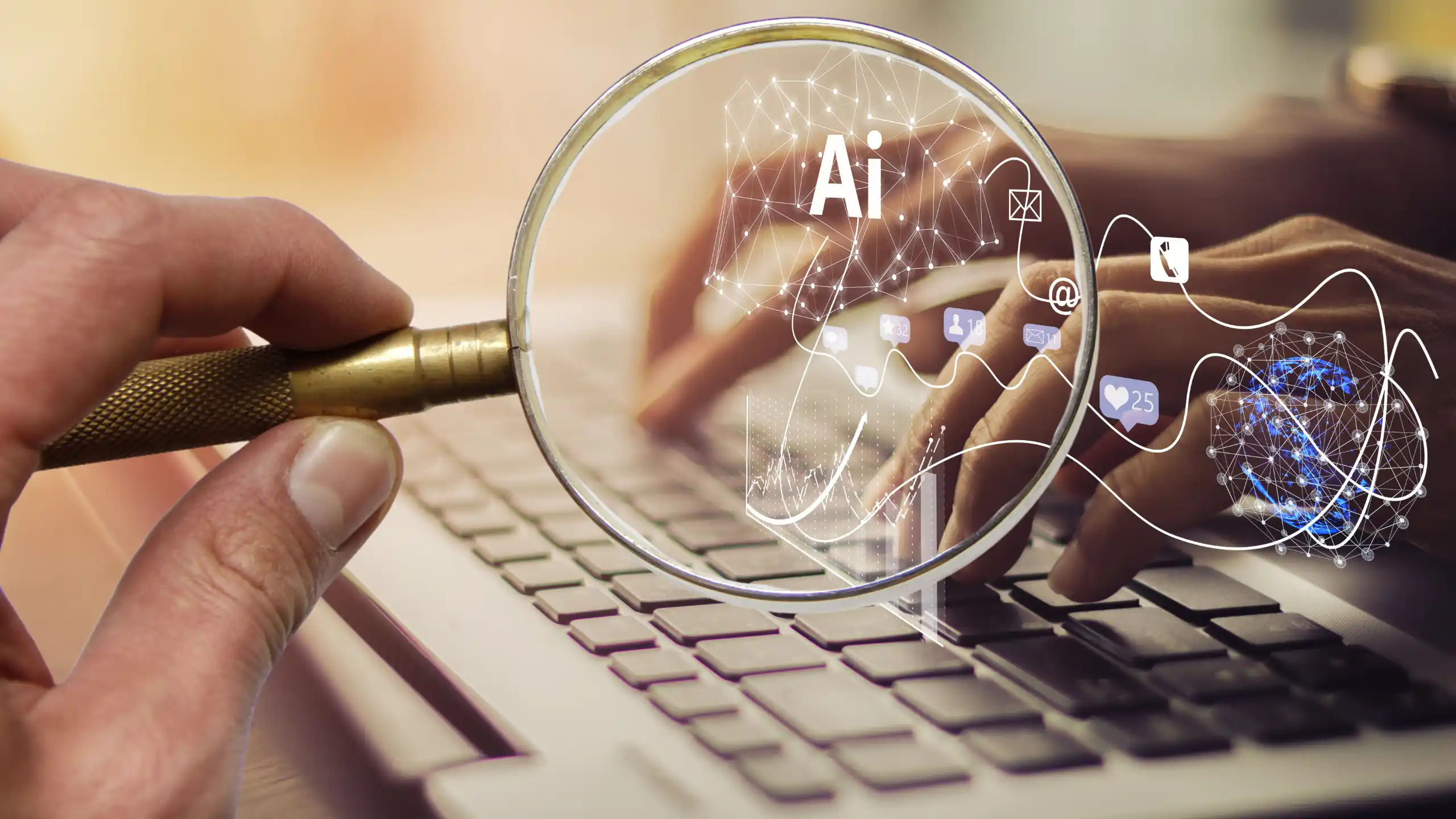In today’s rapidly evolving digital world, artificial intelligence (AI) is everywhere. From writing assistants and image generators to chatbots and automated tools, AI is reshaping how we create, communicate, and innovate. However, as AI continues to advance, the line between human and machine-generated content becomes increasingly blurred. This is where the concept of a detector de IA a revolutionary tool designed to identify whether content is created by a human or generated by an algorithm.
What Is a Detector de IA?
A detector de IA is an intelligent system built to recognize patterns, linguistic styles, and data signatures that reveal the origin of digital content. Essentially, it analyzes text, images, or code to determine if they were produced by artificial intelligence. Using complex algorithms and deep learning techniques, the detector compares data structures, tone consistency, and semantic patterns to make accurate assessments.
In simple terms, if a piece of text sounds too structured, lacks emotional depth, or follows predictable sentence formations, a detector de IA can identify it as AI-generated. Similarly, for images or videos, the detector looks for irregularities in pixels, lighting, or detail accuracy that often escape the human eye.
Why the World Needs AI Detection
The rise of AI has brought incredible opportunities — but it has also created new challenges. In education, some students rely on AI to complete assignments, making it difficult for teachers to evaluate genuine learning. In journalism, false information or deepfake images powered by AI can mislead the public. And in the digital marketplace, authenticity has become a prized commodity.
A detector de IA plays a crucial role in restoring trust and transparency. It empowers individuals, companies, and institutions to verify authenticity, ensuring that what we read, see, and share online is genuine.
How a Detector de IA Works
The magic of a detector de IA lies in its data analysis techniques. Here’s how it typically functions:
- Data Input – The detector receives a sample of content, whether it’s a paragraph, article, or image.
- Pattern Recognition – Using machine learning, it identifies linguistic or visual patterns unique to AI tools.
- Probability Scoring – It assigns a score that reflects the likelihood that the content was created by AI.
- Feedback & Reporting – Users receive a detailed analysis showing which parts appear human and which may be machine-generated.
What makes modern detectors stand out is their adaptability. As AI models evolve, so do detection algorithms. They continuously learn from new AI-generated samples, improving accuracy and reliability over time.
Real-World Applications of a Detector de IA
The uses of a detector de IA go far beyond simple curiosity. Here are some areas where it’s making a real difference:
- Education: Teachers use AI detectors to ensure students submit original work. This helps maintain academic integrity and encourages critical thinking.
- Publishing: Editors and publishers verify that submitted manuscripts are written by humans, maintaining credibility and creativity standards.
- Corporate Communication: Companies use detectors to authenticate reports, emails, and content for quality assurance.
- Social Media Platforms: To combat misinformation and AI-driven spam, platforms employ detectors to flag synthetic or deceptive content.
- Recruitment: HR departments can confirm whether resumes or cover letters were generated by AI tools.
Advantages of Using a Detector de IA
Implementing a detector de IA provides several notable benefits:
- Enhanced Authenticity: Ensures content truly represents human creativity.
- Data Integrity: Prevents manipulation and misinformation.
- Fair Evaluation: Allows educators and employers to assess real human effort.
- Security: Protects digital ecosystems from fake content, phishing attempts, and AI-based scams.
- Transparency: Builds trust between users and digital platforms.
The Challenges and Limitations
Despite their advanced technology, detector de IA systems are not perfect. AI models are becoming increasingly sophisticated, producing text and visuals that mimic human behavior almost flawlessly. Sometimes, even the most advanced detectors struggle to differentiate. Additionally, over-reliance on detection tools can lead to false positives, unfairly labeling authentic human work as AI-created.
To counter this, developers are constantly refining detection models, focusing on deep context understanding and cross-referencing patterns from multiple AI systems. The future of detection lies in hybrid models — tools that combine human judgment with machine analysis for maximum precision.
The Future of AI Detection
As artificial intelligence continues to advance, detector de IA technology will evolve in parallel. Future detectors will likely become embedded in online platforms, word processors, and even browsers, allowing real-time analysis. Imagine a world where every email, image, or blog post automatically passes through an intelligent filter that verifies authenticity before it goes live — that’s the direction we’re heading.
Moreover, AI detection will soon integrate with blockchain and watermarking systems, making it easier to trace content origins. These innovations will enhance digital accountability, ensuring that AI-generated works are properly disclosed.
Conclusion
The emergence of the AI detector marks a turning point in our digital age. As we embrace the potential of artificial intelligence, we must also equip ourselves with tools that ensure truth, originality, and integrity remain intact. Detecting AI-generated content is no longer just about curiosity — it’s about protecting creativity, preserving honesty, and maintaining trust in the information we consume.
In a world increasingly shaped by machines, the detector de IA stands as a guardian of authenticity — ensuring that human creativity continues to shine brightly amid the rising tide of artificial intelligence.

